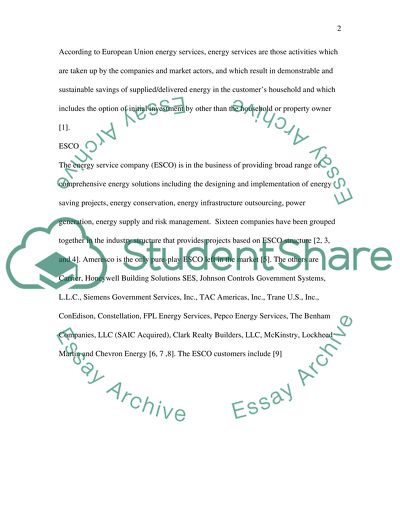Cite this document
(“Literature review of Energy savings companies (ESCO) and marketing Essay”, n.d.)
Retrieved from https://studentshare.org/miscellaneous/1512350-literature-review-of-energy-savings-companies-esco-and-marketing
Retrieved from https://studentshare.org/miscellaneous/1512350-literature-review-of-energy-savings-companies-esco-and-marketing
(Literature Review of Energy Savings Companies (ESCO) and Marketing Essay)
https://studentshare.org/miscellaneous/1512350-literature-review-of-energy-savings-companies-esco-and-marketing.
https://studentshare.org/miscellaneous/1512350-literature-review-of-energy-savings-companies-esco-and-marketing.
“Literature Review of Energy Savings Companies (ESCO) and Marketing Essay”, n.d. https://studentshare.org/miscellaneous/1512350-literature-review-of-energy-savings-companies-esco-and-marketing.


